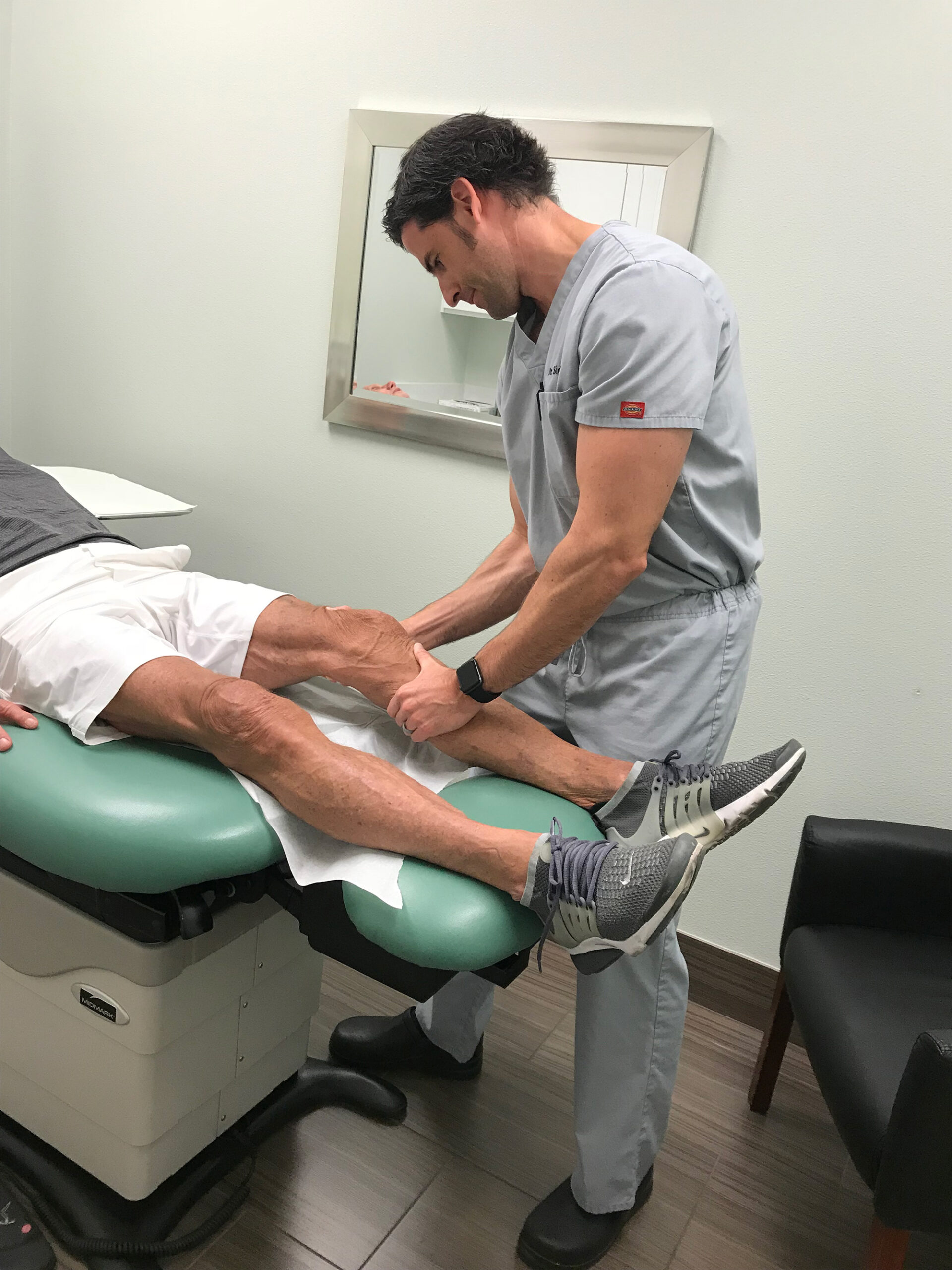From the very start of medical school, the importance of a thorough physical exam is ingrained in students. Every year, and in every specialty, students are tested on how to perform a thorough exam. As such a basic and fundamental aspect of medicine, why does it so often get overlooked?
Some of the reasons include management pressures to see more patients in a day, lower insurance reimbursements and advances in technology to give a diagnosis. However, skipping this rudimentary practice can easily result in preventable medical errors and lead to detrimental outcomes for health care providers and insurance companies, but of course most importantly, patients.
We all know time is extremely valuable. In most circumstances, the health care professional has limited time to get to the root of most patients’ conditions. Coupled with the patient’s details, a physical exam can help give the provider most of the information he or she needs to form an accurate treatment plan. Without a thorough exam, it can be extremely difficult to understand the patient’s issues and treat them properly. This can lead to a domino effect of misdirected care and an increase in unnecessary tests, images or medication.
Be your own advocate
A 2015 study by Dr. Abraham Verghese, et. al., investigating the various consequences of physical exam oversights, found that the “consequence of the physical examination inadequacy included missed or delayed diagnosis in 76 percent of cases, incorrect diagnosis in 27 percent, unnecessary treatment in 18 percent, no or delayed treatment in 42 percent, unnecessary diagnostic cost in 25 percent, unnecessary exposure to radiation or contrast in 17 percent and complications caused by treatments in 4 percent.”1
All too often patients fall victim to the inefficiency of today’s medical system. Exams can lead to earlier diagnosis and treatment leading to faster recoveries and much better outcomes. So, be sure to discuss the need for a physical exam with your provider.
“All providers in the health care community should be thinking holistically to deliver excellent patient care at the lowest and most effective cost.”
— Dr. Sickinger
Exams lower health care costs
All providers in the health care community should be thinking holistically to deliver excellent patient care at the lowest and most effective cost, which in turn allows a wider application of affordable and exceptional health care. Failing to do a thorough exam doesn’t only have negative consequences to the patient and doctor, but also to insurance companies.
The main objective for an insurance company is to deliver the best care for the lowest cost; a physical exam goes a long way toward delivering this result. Insurance companies are pushing back for inappropriate imaging and testing, which costs millions of dollars each year across the U.S. They have good reason for tightening their regulations as medical practitioners have become overly reliant on imaging, tests, and referrals to point them to the correct diagnosis.
Doctors take note
It can be easy to overlook the fundamental principles of any practice, but in medicine, it’s imperative to remember the basics. Oftentimes, the answer providers are looking for can be found with a thorough physical exam. Without it, there may be unfavorable repercussions for the health care provider, insurance companies, and of course, the patient, at much greater expense to the healthcare industry as a whole. Focusing on the rudiments is part of what makes a great doctor great.
Dr. Sickinger is owner and physician at Advanced Center for Sports & Musculoskeletal Medicine which offers both in-office and telemedicine appointments (during this time). For more information, contact their Palm Desert office at (760) 636.1067 or the San Clemente office at (949) 388.1060, or visit www.SportsandMSKmedicine.com.
Reference:
1) Verghese, A, Charlton B, Kassirer JP, Ramsey M, Ioannidis JP. Inadequacies of Physical Examination as a Cause of Medical Errors and Adverse Events: A Collection of Vignettes. The American Journal of Medicine. 2015;128(12).










































Comments (0)